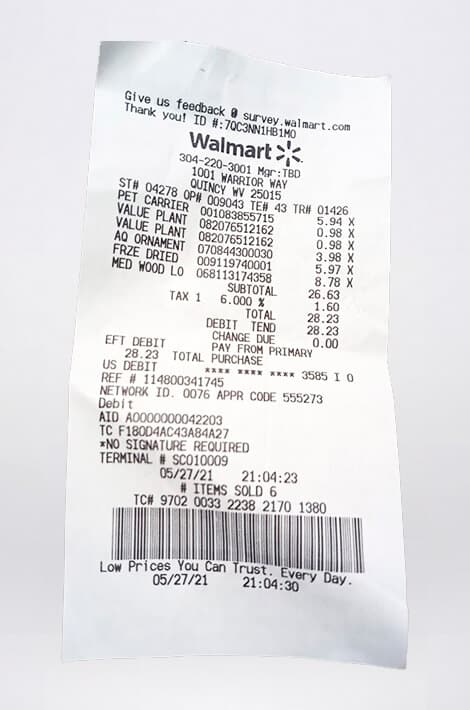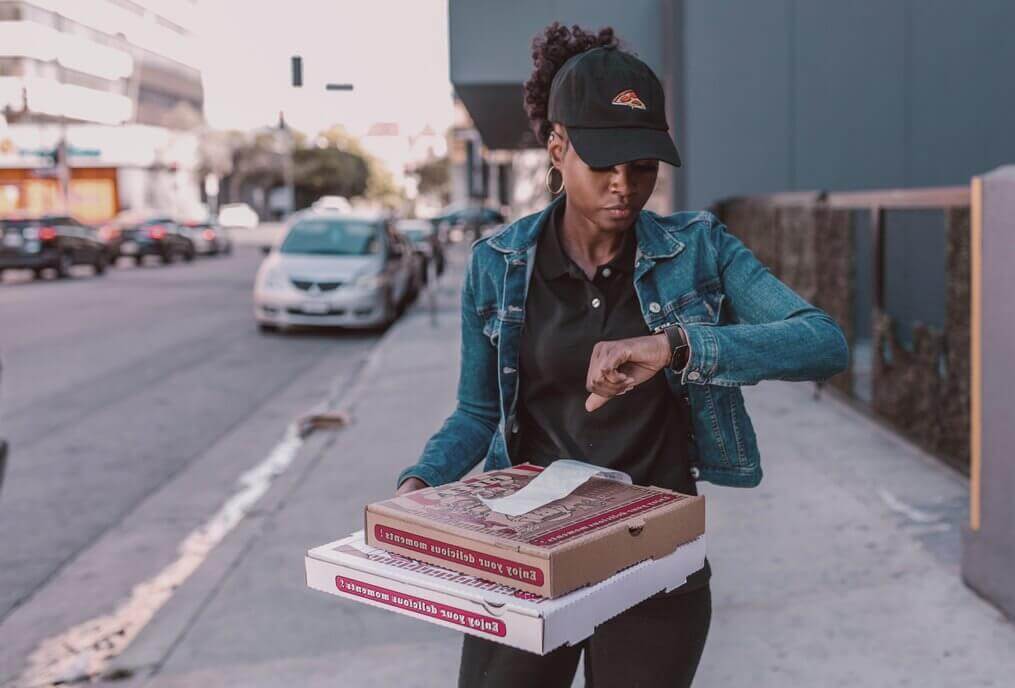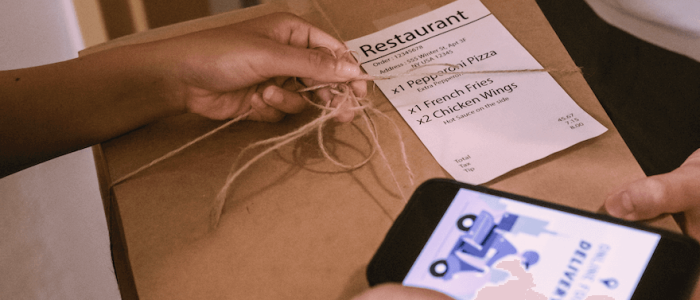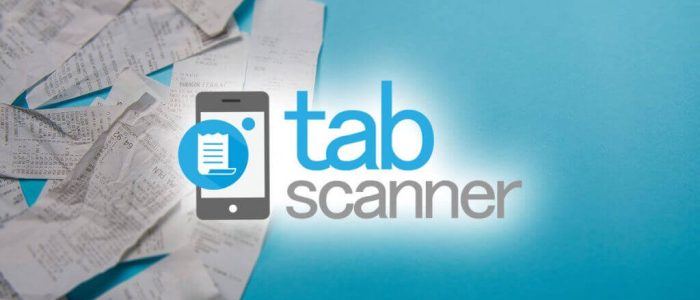Last Updated on January 9, 2025
If the last year has taught us anything, it’s the importance of our digital infrastructure. From shopping online to video calling, it’s difficult to fathom how everyone in the world would have fared with repeated regional and national lockdowns had it not been for the boom in technological innovation we’ve experienced since the turn of the century. Is time to go paperless and you will need to know what Receipt OCR is to go digital.
As it stands today, businesses who have spent decades with high street presences embedded into the collective conscious have migrated online. Offices have fully embraced remote working. Face-to-face business communication has been put on pause. In some sectors, forever.
Such drastic changes have forced businesses across multiple commercial sectors to rethink their entire operations. Some with great success. Others are still trying to carve their way in this new world even a year later.
With great change comes great opportunity. This is something that good entrepreneurs know. They adapt. Evolve. They change to reflect the changing needs of their customers and the market. Arguably, the biggest change is yet to come – when, inevitably, we become a cashless society. One that values technology like a receipt reader API greatly.
Is it time for all businesses to fully switch to digital receipts? Let’s examine.
Why Are Shops Moving Away from Paper Receipts?
There are a couple of reasons why retailers are moving away from paper receipts – and therefore why having an app which offer OCR receipt reading and parsing will be a requisite in the future.
Obviously, more and more people are buying products and services online than ever before. Digital transactions use digital receipts as a proof-of-purchase. Are you going to keep digital receipts? Well, depending on the purchase and circumstances, probably not. Yet receipts will continue to be the primary proof-of-purchase document. So, is it likely that consumers and businesses will need a receipt reader OCR API to manage what they spend. Probably, yes.
Then there’s the big problem. No, we’re not talking about the inconvenience of paper receipts, or how they’re easily lost – although these are still big issues – we’re talking about Bisphenol A (or BPA) chemicals.
BPA is a toxic chemical that’s in the thermal paper receipts used. It can be easily absorbed through the skin and can accumulate in the body over time, affecting hormones and increasing the likelihood of heart diseases.
Let’s not also forget that the Covid-19 virus lives on surfaces – including paper. This is why many shops encourage cashless transactions. Do you feel comfortable handling lots of receipts regularly, knowing that they could have the virus on them?
Your best bet? Download an app with receipt OCR reading software, made with an accurate OCR technology like Tabscanner. Take a picture of your receipt and them discard it. This is one way that you can minimise your contact with the virus.
Paper Receipts and Checkout Efficiency
Now, assuming that non-essential shops reopen on a large-scale once nationwide and regional lockdowns the world over end, retailers still have the issue of checkout efficiency to manage.
However, retailers who commit to paperless receipts can shave precious seconds of customer transactions – and all customers have to do to manage how much they spend is to use an app which has a receipt reader OCR API, like the one Tabscanner offers, to manage their expenses digitally.
The most promising expense management solutions involve minimal effort for both the customer and retailer and the automatic generation and logging of expenses. This is exactly what receipt scanning technology does.
The Problem of Faded Receipts
Okay, so there’s another important reason why businesses should be switching to digital receipts – the fact that paper receipts fade. Forget losing receipts (which is another example of their inefficiencies), faded receipts cause headache after headache.
Think of it this way, what if you need to be reimbursed for a large volume of commercial expenses or if you’ve made one huge purchase. A faded receipt is a poor proof of payment method. Now, there are ways that you can read a faded receipt (running a hairdryer on the reverse side is one), but do you really want to be doing this over and over again? Surely, there’s a more efficient way to check your expenses. Well, there is.
By taking a quick picture of your receipts, saving them to the cloud and then using receipt reader API software, like that of Tabscanner, to extract line data before saving the receipt as a file on a device, you’ll never have to worry about receipts fading ever again.
Maintaining GDPR with Digital Receipts
There’s no denying that digital receipts are the way forward for retailers – and consumers – to manage transactions and expenses efficiently, there is one caveat: GDPR.
For anyone who doesn’t know, GDPR is enforced to protect the data privacy of customers. Businesses are not allowed to use the contact details data they glean to run targeted marketing messaging, or anything else, unless the customer agrees to it.
Now, getting consent is a fairly straightforward process – all customers need to do is click ‘yes’, ‘I consent’ or something of that nature when it pops up. Better still, do you think that you’d be inclined to offer your contact details to a stranger when buying goods at the checkout? We’re guessing no.
Any business providing OCR receipt reading software, like Tabscanner, has to be GDPR compliant – and that’s exactly what Tabscanner is. In an age when data protection and privacy is at the forefront of consumer thinking, knowing that businesses like Tabscanner are actively invested in making sure they’re compliant is a big plus for consumers.
Is It Time for Businesses to Fully Switch to Digital Receipts?
We reckon that we’ve given you a pretty strong case for switching to using 100% digital receipts. The bottom line is that it’s inevitable. The fallacies of paper receipts have long been known and now we have the technology to make proof-of-purchase more efficient than ever.
If you’re still sat on the fence, not completely sure if switching to digital receipts is right, we only have one question: why?





